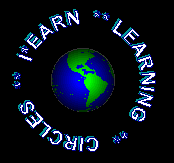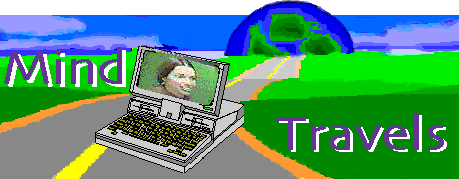The word mentor comes from a
root that means enduring. When we think of mentoring we generally think
of a relationship between an expert and a learner that is long term. In
fact, there are some who want to save the term mentoring and tele-mentoring
only for these types of relationships. In this list, I have made a distinction
between different forms of telementoring.
There are two main roles that a mentor
plays. One is providing expertise and the other is to serve a role model.
In educational mentoring, the expertise is in a specific area and the role
modeling helps the novice learn the necessary skills to enter or continue
on a career path. Social mentors help with personal development and serve
as adult role models. Because one-to-one mentoring is about developing
a relationship, it is hard to make a distinction between social and educational
mentoring. However, most of the resources and programs listed here are
directed more toward educational mentoring than social mentoring.
Telementoring as the term implies, involves
the use of distance technology--email, text, audio or video conferencing--to
develop the relationship. Telementor pair relationships are the most difficult
to support as matching strangers requires a great deal of work on all sides.
However, when a good match is found, the effects can be very powerful.
Research has validated the visible results
of many face-to-face mentoring programs. While there have been a number
of case students and some evaluation studies, tele-mentoring programs are
relatively new. One finding that is often cited is that the mentors learn
as much or more than the novices. This finding is consistent with the research
literature on peer tutoring. The strongest educational gains are for the
students who tutor, rather than the students who are tutored.
These programs listed below represent
excellent models of telementoring pair relationships. They include links
to research. A less formal arrangement was created by a high school english
teacher. Ted Nellen, the teacher at Murry Bergtraum High School, NY sent
a message to a writing forum inviting the participants to "adopt" one of
his high school students and help them with their English webfolio. While
the "Adopt a Student:" site no longer exists, it was an e creative way
in which a high school teacher brought additional human resources into
the classroom.
Hewlett
Packard Mentor Program, offers to connect its employees to students
in an e-mail mentoring program.
BBN
Net Pals Projects uses the same software to facilitate mentor-student
exchanges with mentors from the community who volunteer to work with students.
Telementoring
Young Women in Science, Engineering, and Computing is a three year
project which matches female high school students with professional women
in technical fields. This site also include a guide
to telementoring.
Telementoring
in the CoVIS Project helps high school and middle school teachers find
volunteer science mentors to work with their students on long-term projects.
Tele-Mentoring over the Net


